|
At 2.00 pm on 3 June we were c. 20 kilometres away from Ruoergai when we came to a road block (the first of three such occasions when this happened during the trip). We were told the road ahead was being resurfaced and would not be opened until 7 pm. Fortunately, this was just after the turn off to Baxi Forest, one of the sites on our itinerary, so we headed down the rough track to the start of the forest. First, we explored two valleys with scrub-covered hillsides; Summer found two Spectacled Parrotbills at the first valley, along with Sichuan Tit and Himalayan Beautiful Rosefinch. The second valley offered up two more Sichuan Tits as well as a Snowy-cheeked Laughingthrush. After this, we followed a narrow trail into the pine forest proper; birds seen here included the beautiful Crested Tit Warbler and the endemic Przevalski’s Nuthatch, as well as Sichuan Leaf Warbler, Grey-hooded Fulvetta, Hodgson’s Treecreeper, Grey-crested Tit and Grey-headed Woodpecker. In the early evening we returned to the main road and joined the traffic queue until the road reopened. We then headed to Ruoergai. On 3 June, we left the hotel at dawn and drove c. 30 kilometres southwest of Ruoergai. Mist half-hid the rolling hills that rose up at the edges of the wide grassy plain. Since Chuanzhusi, there had been a very Tibetan feel to the landscape; many of the people in this part of Sichuan are, in fact, of Tibetan origin, and the houses and temples in many of the villages are distinctly Tibetan in character. Out on the plains, farmers eke out a living by herding yaks , as well as sheep and goats. Again, we walked scrub-covered hillsides in search of the rare, endemic Przevalski’s Finch. The first stop proved unproductive, but the second turned up an adult male and an immature male chasing each other in a territorial dispute for several minutes over the vegetation. We later found a third bird at another similar sight in the area. The hillsides turned up other birds of interest. We had seen several Himalayan Vultures on our journey on the previous day, and we had at least three more over the hillsides today, in addition to an immature Golden Eagle. Oriental Skylarks were singing commonly, as were at least four Common Cuckoos. Other birds of note were two Tibetan Partridges, a Little Owl, a Horned Lark, two Dusky Warblers on territory, several Ground Tits, two Robin Accentors, three Rock Sparrows, two White-browed Tits (another endemic), two Rosy Pipits and three Twites. In addition, we encountered a number of mammals: Siberian Roe, Red Fox, Plateau Pika, Himalayan Marmot and Woolly Hare. We drove back to Ruoergai and took the road east to Flower Lake. Several Upland Buzzards were perched on wires along the route and Black Kites were also much on evidence. There were also at least three pairs of Black-necked Cranes visible at some distance in the grasslands. Before the lake, we pulled off the main road and had a picnic lunch near a small disused quarry. The grassland here was alive with Plateau Pikas. There were also many White-rumped Snowfinches which use the pikas’ burrows to lay their eggs in; young birds were much in evidence. A few Rufous-necked Snowfinches were also in the area. Two Sakers flew overhead from the quarry and we discovered a nest containing two chicks in a crevice in the rock face. After lunch, we went to Flower Lake and walked along the boardwalk that has been constructed through the marshes. The lake is extensive and many birds were merely distant mirages in the afternoon heat haze. Greylag Geese and Ruddy Shelducks were common and there were four other species of ducks, including Ferruginous Duck and Red-crested Pochard. Two Brown-cheeked Rails called invisibly from the vegetation. Common Terns of the race tibetana were nesting. A few Brown-headed Gulls flew over the boardwalk and through a telescope we picked out a 2nd-calendar year Pallas’s Gull near to two Eurasian Spoonbills. Two Black-necked Cranes were also present. There were also at least four large Tibetan Larks near the start of the boardwalk. On the drive back to Ruoergai, we saw a couple more Sakers perched on wires, as well as a Lammergeier (Bearded Vulture) out on the meadows. On 4th June, we were back at Baxi Forest at dawn, but we drove much further than on 2nd. Our target higher up on the mountain side was Blue-eared Pheasant. In Sichuan this large colourful species is only found in the northern mountains and would not be present at any of the sites we would be visiting during the rest of the tour. After a long and bumpy drive, we stopped at a suitable site. Summer immediately saw a pheasant above us on the mountain side but it quickly disappeared into bushes. She set up her scope and focused on the spot but the bird remained invisible in the vegetation. After a while, I looked down the slope below us and saw a Blue-eared Pheasant briefly appear between bushes before it too disappeared. We walked along the road and Summer picked out the same bird with another making their way uphill between a row of trees. We had good views before they were lost to sight.
We drove back and had a brief walk into the forest where we had seen Przevalski’s Nuthatch on 2nd June. Here Summer saw a Chinese Grouse slink away from a thick clump of bushes but it eluded me. We also saw two Blood Pheasants and a Himalayan Bluetail, as well as hearing (and seeing) two Bianchi’s Warblers on territory, as well as having excellent views of a Tufted Deer. Back at the Baxi/Ruoergai road junction, three Cinereous Vultures flew overhead. We had a quick lunch back in Ruoergai before heading south towards Maerkang, 320 kilometres away, which was to be our base for two nights while we explored Mengbishan (4,000 metres asl). The six-hour journey became an eight-hour journey when we were stopped at Hong Yuan at 4.00 pm. The road was being resurfaced and would not open until 6.00 pm. So we sat in a queue of cars and lorries for two hours as a thunderstorm raged over the nearby hills and meadows. We didn’t arrive at Maerkang until gone 9.30 pm where we were so tired we went to bed without dinner.
0 Comments
In the mountains, there you feel free. T.S.Eliot Chengdu, the main city in China’s Sichuan province, lies at 499 metres asl at the western end of what is known as the Sichuan Basin. North, west and south of the city, the level plain gives way to high mountain ranges dissected by steep-sided forested valleys with fast-flowing rivers, and around Ruoergai, more gentle pastured hills at the eastern end of the Tibetan plateau. This area supports an avifauna of rich diversity, including a significant number of endemic species. Of particular note are the variety of gamebirds, parrotbills and rosefinches, along with a bewildering array of Phylloscopus warblers. There is now a well-worn birding circuit taking in the mountains and the eastern edge of the Tibetan plateau. I spent the first two weeks of June traveling the circuit anti-clockwise, heading from Chengdu north to the Gongganling Pass, then heading basically south through the main sites of Ruoergai, Mengbishan, Balangshan, Labahe, Erlangshan and Longcanggou. I went with Summer Wong Bird Tours. Originally, I was meant to join three other birders on the trip but in the event, it ended up being just Summer, Uncle Xu the driver, and myself. Summer is in her early thirties, speaks excellent English, and is very knowledgeable; she knows where to find the birds and has an enviable ability to pick up the birds by sight and, more importantly perhaps, by sound. She also proved an excellent companion in the field. I flew out to Chengdu on the afternoon of 31 May and overnighted at the Chengdu Airport Hotel. Summer met me at the hotel at 6.30 am on the following day and we spent a couple of hours at what are known as the Lotus Ponds in the southeast of the city before driving 330 km north to overnight at Chuanzhusi (2980 metres asl), the base for exploring the Gonggangling Pass (3500 metres asl). The ponds, as with other areas at the base of the mountains we visited later in the tour, had an avifauna that would be familiar to any Hong Kong birder. Water birds included Yellow and Cinnamon Bitterns and nine Chinese Spot-billed Ducks, and among the passerine species were at least eight Chinese Grosbeaks and several Black-throated Bushtits. Three parrotbills seemed to be hybrid Vinous x Ashy-throated. We also heard a Chinese Bamboo Partridge but failed to see it. We left the ponds at 8.00 am and drove north out of the basin, slowly climbing along steep-sided river valleys with denuded hillsides for several hours to Chuanzhusi. After checking into our hotel we managed a little birding in the late afternoon. Summer drove a few kilometres towards Gonggangling and we stopped at a couple of hillside sights, birding the scrub below pine-covered slopes. Of note here were 80 Red-billed Choughs, as well as our first encounters with Chinese Fulvetta, Chinese White-browed and Pink-rumped Rosefinches, and Alpine and Hume’s Leaf Warblers. The next day we drove to the Gongglang pass, arriving just after dawn. The pastures here were rimed with frost; the puddles on the marshy grass were layered with ice. Our target species here was Pere David’s Owl; indeed, the rationale for doing the tour in an anti-clockwise direction was to try to find the owl before it became elusive in the post-breeding season. Unfortunately, it seemed to be already too late; the owl proved elusive both in the pine forest here and also in Baxi Forest near Ruoergai which was our next destination. However, there were compensations. We walked down a clearing in the forest and as the rising sun warmed the pines and the adjacent grassy hillside, birds became very active. Two Blood Pheasants ran quickly across the clearing at the bottom of the slope. Warblers consisted of Buff-barred, Alpine, Sichuan Leaf and Greenish, and we also had decent views of a singing Spotted Bush Warbler. A male Collared Grosbeak fed within a couple of metres of us. We also had two Sichuan Tits, three Himalayan Bluetails, two Slaty-backed Flycatchers and the only Maroon-backed Accentor of the trip. Later we walked up and down a hilly meadow at the edge of the forest. Birds of prey overhead included a Crested Honey Buzzard and two Himalayan Vultures. The scrub yielded up Kessler’s and Chestnut Thrushes, Elliot’s Laughingthrush, White-bellied and Blue-fronted Redstarts, Siberian Rubythroat and White-browed Tit Warbler. All in all, a good introduction to the Alpine avifauna of the province.
At 10.40 a.m., we began the drive to Ruoergai on the eastern edge of the Tibetan plateau. My wife and I went to Guilin in northeast Guangxi from 22 to 26 April to do what tourists to Guilin usually do. We visited a couple of parks in the centre of the city, and also did the boat trip down the Li River to Yangshuo. Birdwatching was largely on a casual basis. We stayed at the attractive Guilin Zizhou Panorama Resort on a small island in the Li River close to the city centre and the local tourist sites. The island is called Zizhou Park, which is very green with bamboo groves and woodland including some old camphor trees and a number of ponds. The park is very popular with local tour groups and gets very busy after 8.00 a.m. On three of the mornings, I managed to fit in a couple of hours birding before breakfast and before the tour groups arrived. For a city park, the area is pleasantly surprising; bird-wise, I saw more than I had expected to see. In part, this is because there is little information available about what birds you can expect to encounter in Guilin, especially when compared to the well-documented avifauna of a number of wildlife reserves elsewhere in the province. For instance, Hill Blue Flycatcher was common in Zizhou Park, but I had no idea that was the case – in fact, the species seems to have spread northeastwards through Guangxi over the past few years, but I have not come across any published information of its occurence in Guilin. Also of interest was the number of migrants passing through the park in the short period of time I was there. Apart from the species listed below, I had flyovers of a minivet on 23rd, and a finch and a grosbeak on 26th – all too-brief views for me to name them with any certainty. Itinerary 22 April: afternoon flight Hong Kong to Guilin 23 April: Zizhou Park; Fu Bo area ( a small park beside the Li River close to the centre of the city; it is based around an isolated limestone peak that has a small cave at its base) 24 April: Li River boat trip, Guilin to Yangshuo 25 April: Zizhou Park; Seven Star Park (another park with a few limestone peaks. The highlight is a cave system known as Seven Star Cave with numerous illuminated strangely-shaped stalagmite and stalactites). The park is a few minutes’ walk from Zizhou Park. 26 April: Zizhou Park; afternoon flight (delayed by two hours!) Guilin to Hong Kong. Bird List Black-crowned Night Heron Nycticorax nycticorax Ones and twos at Zizhou Park. Chinese Pond Heron: Ardeola bacchus Fairly common in the city along Li River and over Zizhou Park; 15 along Li River opposite Fu Bo on 23rd and 17 together over Zizhou Park on 26th. Great Egret Ardea alba One flew northeast over Zizhou Park with Intermediate Egrets on 26th. Intermediate Egret Egretta intermedia A flock of 20 flew northeast over Zizhou Park on 26th. Little Egret Egretta garzetta: A total of eleven along Li River between Guilin and Xing Ping Town, and three at Yangshuo on 24th. Mountain Hawk-Eagle Nisaetus nipalensis Two together over hills at Mo Pan Shan wharf (the starting point for the Guilin – Yangshuo boat trip) on 24th. Chinese Sparrowhawk Accipiter soloensis A total of five (3,1,1) over Seven Star Park on 25th. Black Kite Milvus migrans lineatus Two along Li River between Guilin and Xing Ping Town on 24th. Oriental Turtle Dove Streptopelia orientalis Four in Zizhou Park on 26th. Spotted Dove Spilopelia chinensis One in Seven Star Park on 25th; four in Zizhou Park on 26th. Greater Coucal Centropus sinensis One or two regularly singing in Zizhou Park. Asian Koel Eudynamys scolopaceus: One or two regularly singing in Zizhou Park. Two singing between Guilin and Xing Ping Town on 24th, Plaintive Cuckoo Cacomantis merulinus One singing in Zizhou Park on 23rd & 25th. One singing in Seven Star Park on 25th. Pacific Swift Apus pacificus Up to 50 regularly seen over Zizhou Park. 25+ at Fu Bo on 23rd. Several between Guilin and Xing Ping Town on 24th. 15 flying low and calling at the entrance to Seven Star Cave on 25th. Common Kingfisher Alcedo atthis Up to two regularly seen in Zizhou Park. Brown Shrike Lanius cristatus Singles in Zizhou Park on 23rd & 25th. Black-naped Oriole Oriolus chinensis One in Zizhou Park on 26th. Black Drongo Dicrurus macrocercus One over Zizhou Park on 23rd, and seven flyovers in total on 26th. Oriental Magpie Pica serica One on roadside wires between Yangshuo and Guilin on 24th. Collared Crow Corus torquatus A total of 29 along the Li River between Guilin and Xing Ping Town on 24th, plus one more at Yangshuo. Japanese Tit Parus minor Ones and twos regularly seen in Zizhou Park. Chinese Bulbul Pycnonotus sinensis Common in Zizhou Park. All were of the race hainanus except for one of the nominate race on 26th. Mountain Bulbul Ixos mcclellandii One in Zizhou Park on 26th. Barn Swallow Hirundo rustica Singles at Zizhou Park and Fu Bo on 23rd, several at Seven Star Park on 25th, and three at Zizhou Park on 26th. Red-rumped Swallow Cecropis daurica Three over Seven Star Park on 25th, and one flew northeast over Zizhou Park on 26th. Brown-flanked Bush Warbler Horornis fortipes At least five singing in hillside vegetation along the Li River between Guilin and Xing Ping Town on 24th. Black-throated Bushtit Aegithalos concinnus: Small parties in Zizhou Park, including one of at least 12 birds on 25th that contained several juveniles. Yellow-browed Warbler Phylloscopus inornatus Commonly calling in Zizhou Park, especially on 23rd when at least 20 noted. Dusky Warbler Phyloscopus fuscatus Singles at Zizhou Park and Fu Bo on 23rd, six at Zizhou Park on 25th including one singing. Yellow-bellied Prinia Prinia flaviventris One or two regularly singing at Zizhou Park. Common Tailorbird Orthotomus sutorius Regular in ones and twos in Zizhou Park. Rufous-capped Babbler Stachyris ruficeps One heard singing in Zizhou Park on 25th. Chinese Hwamei Garrulax canorus One or two regularly singing in Zizhou Park. Masked Laughingthrush Garrulax perspicillatus At least two heard from the boat near Xing Ping Town on 24th Japanese White-eye Zosterops japonicas Common in the Guilin city parks. Crested Myna Acridotheres cristatellus One in flight over Zizhou Park on 25th. Chinese Blackbird Turdus mandarinus Several birds regularly noted in Zizhou Park, including one on a nest in the fork of a tree ten metres above the ground on 25th Oriental Magpie Robin Copsychus saulari Regular in ones and twos in Zizhou Park. Asian Brown Flycatcher Muscicapa latirostris One in Zizhou Park on 25th. Hill Blue Flycatcher Cyornis banyumas Up to five males on territory in Zizhou Park, with a pair together on 25th. Audiofile of Hill Blue Flycatcher singing below: Narcissus Flycatcher Ficedula narcissina
A male in Zizhou Park on 23rd. Stejneger’s Stonechat Saxicola Stejnegeri Singles at Zizhou Park on 23rd & 26th, Fu Bo on 23rd and Yangshuo on 24th Eurasian Tree Sparrow Passer montanus A few in Yangshuo on 24th. Forest Wagtail Dendronanthus indicus Up to three in Zizhou Park 23rd to 26th. White Wagtail Motacilla alba leucopsis Small numbers in Guilin city parks. Richard’s Pipit Anthus richardi: One in Zizhou Park on 26th. 1 - 6 February, 2019 Chiang Saen Lake, Northern Thailand I felt the need to get away for a few days. I flew from Hong Kong to Chiang Rai via Bangkok on 31 January 2019. The idea was to pick up a hire-care and drive to Chiang Saen Lake where I had booked accommodation for six nights. Unfortunately, there was a delay at Hong Kong and I didn’t make my booked connection, so I had to overnight in Chiang Rai. I drove to Chiang Saen the following morning for what was now a five-night stay. I stayed at the Viang Yonok Hotel on the shore of the northeastern corner of Chiang Saen Lake. The lake is one of the foremost sites for waterfowl in Thailand. Lesser Whistling Ducks are abundant and Indian Spot-billed Ducks are common. It used to be a reliable place for Baer’s Pochard but, as at other birding sites where this species used to occur regularly, this is no longer the case. I spent a lot of time in the vicinity of the hotel in the northeast and east section of the lake. This section of the lake is usually referred to as Nong Bok Khai Non-hunting Area. There are good views over the water from here in the early morning, although a scope is necessary to observe the ducks out in the middle of the lake – notably Ferruginous Duck amongst a flock of Eurasian Coot. A road runs south beside the lake from the hotel and I often just walked a kilometre down the road before heading back to the hotel. On the 5th, however, I explored the area 2 -3 kilometres down the road which is more wooded and is good for such birds as Long-tailed Minivet and Tickell’s Blue Flycatcher. I also visited the northern section of the lake at Wat Phrathatsiwiangkam. In particular, the road leading to the temple climbs a hillside, offering good scopeable views over the lake in the afternoon. Hundreds of Asian Openbills and ducks were visible from here. I also visited a few other places in the immediate vicinity of Chiang Saen, notably Wat Bamanko which is one of the key birding sites in the area because of the Pied and Eastern Marsh Harriers that come into roost at dusk. Reports suggest the ratio is 2:1 with recently up to 200 Pied Harriers, 100 Eastern Marsh Harriers, and the odd Western Marsh and Hen Harrier being seen. A few of the photographs I took during my stay are reproduced below. Lesser Whistling Ducks were the most conspicuous water birds at the lake, with several thousand being present in the area. The second commonest duck was Indian Spot-billed Duck with birds present in various wetland areas; I counted 320 near Wat Phrathatsiwiangkam on 4th February. A flock of 500 Garganey was also present in the same area on 4th. Ferruginous Ducks were also present among Eurasian Coots on the lake, visible - through a scope - from the balcony of the chalet I was staying in. I counted 37 amongst 400 coot on 4th. Other obvious water birds from my balcony were Grey-headed Swamphens, and they were common elsewhere around the lake too. There were at least 96 in the vicinity of Wat Phrathatsiwiangkam on 4th. I only saw one or two Asian Openbills in the eastern section of the lake where I was staying, but I counted 340 near Wat Phrathatsiwiangkam , again on 4th. Pheasant-tailed Jacanas were regularly noted in ones and twos in the lakeside vegetation A number of birds perched on roadside wires at the eastern corner of the lake, notably Ashy Woodswallows and Striated Swallows. A short trip report of my stay at Chiang Saen Lake can be found by clicking the link below:
TRIP REPORT - CHIANG SAEN, FEBRUARY 2019 A checklist of the birds of Chiang Saen can be found at: LIST OF CHIANG SAEN BIRDS The Black Isle 29 July - 2 August Back at the Black Isle, I managed to squeeze in visits to three sites. The first was the Fairy Glen at Rosemarkie on 30 July. This is an area of deciduous woodland beside a stream; a trail through the forest follows the stream to a waterfall. The woodland, as you would expect at the end of July, was rather quiet but I saw a few common birds including Coal Tit and Treecreeper. My target bird , however, was Dipper, and I managed to see and photograph one near the car park. On 31 July I went to Chanonry Point, also near Rosemarkie, in search of the Botttlenose Dolphins which are regularly seen there. This is a popular site; at least a hundred people were lined up on the shingle beach observing several dolphins that were swimming close to the shore on the rising tide. For the hour I was there, only their backs and dorsal fins were visible apart from a five minute period when two or three of the dolphins suddenly started leaping above the water. I only managed to get a couple of not altogether satisfactory shots of the dolphins in action. After viewing the dolphins, I headed a few miles east to the RSPB Red Kite feeding station at Tollie. I remember seeing my first Red Kites in the 1970s at Cors Tregaron in central Wales. At the time, this was only the place where Red Kites occurred in Britain – a relict population of a species that was once widespread here (there are references to the bird in Shakespeare). A reintroduction scheme began in 1989 with birds from Spain, where there is a healthy population, being released in the Chilterns and the Black Isle. The success of the initial project has led to further reintroductions at several sites in England and Scotland.
Red Kites can often be seen flying over the fields and woods on the Black Isle, but at Tollie food is put out for the birds daily in the afternoon enabling visitors to get good views of the birds. When I was there, two birds were flying overhead and swooping down to take food laid out on a raised table. More birds come down to feed in winter. North Uist 24 - 29 July 24 July We drove from the Black Isle across to Skye. In Uig Harbour there were five Common Eiders, a Shag and a Black Guillemot. 25 July We took the car ferry from Uig to Lochmaddy in North Uist. It was a cloudy morning with strong swells but with plenty of seabirds on the crossing. From the deck, I saw plenty of Northern Gannets, Fulmars, Arctic Terns, Kittiwakes, Puffins, Razorbills, Guillemots and Black Guillemots, plus a flock of 25 Common Scoters, three Manx Shearwaters and four European Storm Petrels. After arriving on North Uist, we headed to Grenitote where a Snowy Owl had been seen on the previous two days. Unfortunately, the owl was not recorded again during our stay, but en route we had a Short-eared Owl quartering the machair adjacent to the road, and in the grassland adjoining the sandy bay at Grenitote there were a number of common waders, gulls and passerines including Meadow Pipits, Corn Buntings and Twite. 26 July We spent the morning walking the nature trail at RSPB reserve at Balranald. The leaflet from the visitor centre states that the reserve “comprises 658 ha of rocky headlands, islands, sandy bays, grasslands, inland lochs, machair and fen. These habitats support internationally important populations of several birds, notably the Corncrake… Many wading and farmland birds nest on the flower-rich machair and croft-land.” Unfortunately, a strong wind was blowing from the south during our visit, making birdwatching and photography difficult in this exposed area. (The temperature here was 18⁰C; in London, on the same day, the temperature reached 35⁰C!) North Uist is one of the best places for breeding waders in Britain, holding summer populations of Oystercatcher, Lapwing, Ringed Plover, Dunlin, Common Snipe and Common Redshank, with smaller numbers of Eurasian Curlew, Golden Plover and Common Greenshank, and a few Red-necked Phalaropes. We didn’t see snipe or golden plover today, but we saw the rest, including a single phalarope beside one of the tiny freshwater lochs next to the sea on the reserve. There were migrant Dunlin and Sanderling on the beaches. Offshore there was a steady southerly movement of Northern Gannets and I also picked out a few Manx Shearwaters. A Great Skua flew south on the landwards side of the dunes. Driving back to Lochmaddy along the A867, an Arctic Skua flew across the road in front of the car. 27 July The wind combined with light rain in the morning made for unpleasant walking in exposed areas – and the landscape is very exposed on these islands. The wooded area around Langass Lodge held Blackbird, Robin and Goldcrest. On the moorland hills above the lodge we visited a Neolithic stone circle, sheltering from the driven rain behind the largest rock in the complex. Above us, a female Hen Harrier hunted low over the heather. Our walk talk us higher and then downhill to Langass Wood – a conifer plantation of non-native Sitka Spruce and Lodgepole Pine. There, we saw a family of three Common Buzzards, three Chaffinches, a Wren and more Goldcrests. Walking back along the main to the lodge, we spotted a female red-breasted Merganser on one of the bare, open lochs. Later, we drove south through Benbecula to South Uist, stopping briefly at various sites. Smaller lochs held the odd Mallard and Tufted Duck. Loch Bee had 50+ Mute Swans, and 50+ Greylag Geese. A Red-throated Diver flew over the road from the sea towards Loch Druidibeg. On the moors along the side of the loch we turned up three Common Kestrels, three Ravens and two Hooded Crows. 28 July The morning was fine. The wind dropped. We headed out to Balranald and walked the nature trail again. In the calm conditions, a Corncrake called from crops close to the camp site and a Common Snipe flew overhead. Out on the beach at the southern end of the headland called Aird an Runair there were 250 Dunlins, 20+ Sanderlings and 22 Turnstones. The waders took flight when an Arctic Skua flew overhead. Nine Eiders and a juvenile Shelduck were on the sea close to the shore. Several Wheatears were scattered around the grassy headland. As we headed back to the car, the wind increased in strength and storm clouds gathered to the south. Soon rain began to fall, ending our birding for the day. 29 July
We caught the ferry back to Skye. A force 8 gale was blowing, making the sea rougher than on the outward journey. I saw the same sea birds as before and counted at least 18 Manx Shearwaters and six European Storm Petrels. Additional birds consisted of six Sooty Shearwaters, a Great Skua and an Arctic Skua. The Black Isle 21 - 23 July A summer break from Hong Kong. My wife and I headed to Britain, mainly for family matters. Our first stop was on the Black Isle, north of Inverness. I spent some time watching birds at a feeder through the kitchen window of the house where we were staying. The garden offers a good cover of bushes and trees and the feeder attracts a variety of common British birds. The birds tend to come to the feeder and remain for a little while before retreating to the cover of the trees and bushes in the garden. They have a reason for being wary. A Eurasian Sparrowhawk in search of easy pickings is a regular visitor. On the first day I was there, a female sparrowhawk flew in and perched on a frame supporting protective netting over a patch of vegetables (visible in the first photograph above). The hawk waited patiently before plunging down into one of the bushes below the frame. It remained - an invisible presence in the vegetation - for several minutes before emerging and flying away. The Collins Bird Guide notes that the sparrowhawk "hunts with surprise attack and fast flight, often low amongst trees, bushes and buildings. Will even pursue small birds on foot under and through bushes".
It is only relatively recently that people have become aware of the movement of seabirds through Hong Kong coastal waters in spring. The first records of Short-tailed Shearwater and Streaked Shearwater, for example, were not until 2004 and 2005 respectively. Such records have prompted birders to explore further and there are now regular privately-arranged excursions offshore in April and early May. This spring I was fortunate enough to go out on two of these trips on 28 April and 12 May, and the following images are from those outings. Aleutian Terns were first recorded in Hong Kong in 1992, presumably having been passed off as Common Terns prior to that date. It breeds in eastern Russia and Alaska; winter sightings have come from Malaysia, Indonesia and the Philippines south to Australia. It is a regular passage migrant through Hong Kong waters, with the extreme dates on spring migration being 5 April to 7 June, and in autumn 2 August to 29 October. The highest count is of 865 from Cape D'Aguilar on 2 May 1999 during the passage of Typhoon Leo. The peak count in recent years is of 430 flying south off Po Toi on 9 September 2010. Bridled Terns are passage migrants and summer visitors to Hong Kong. They breed in Mirs Bay and on Po Toi rock. They have been recorded between 12 April and 15 October and the highest count is 749 on 25 September 1993 during Typhoon Dot. The highest count of breeding birds in Mirs Bay is of 650 in summer 2004. The Pomarine Skua is a scarce & irregular spring migrant though offshore waters, with occasional autumn sightings (usually during typhoons). It has been noted between 10 February and 16 May, and between 26 September and 5 November. The highest count is 47 on 16 Oct 1998 during Typhoon Babs. It was recorded in only seven years from 2000 to 2015, with a peak count of ten on 10 March 2007. It breeds on the tundra of north Russia, north Alaska and north Canada, and winters at sea close to coasts, mainly between the Tropic of Cancer and the equator, and around Australia. The Short-tailed Shearwater breeds in southern Australia during the austral summer. Post-breeding, the majority of the population appears to carry out a circular trans-equatorial movement to the north Pacific (May – September) with birds occurring off Japan in June, the Bering Sea in July, and the central Pacific in August. In Hong Kong they are regular in small numbers in spring in southern waters between 20 April and 3 June, with most occurring in the first two weeks of May. The highest count is 15 on 14 May 2007. With special thanks to Carrie Ma.
I went bird watching from the northern hide at Mai Po boardwalk on March 17th. A gently rising morning tide gradually brought birds closer to the hide, amongst them the larger gulls. (The Black-headed and Saunders’s Gulls tend to congregate in the centre of the mud flats, closer to the southern hide.) I counted 97 Heuglin’s Gulls, at least four Caspian (mongolicus) Gulls, two Pallas’s Gulls, a Vega Gull, and a Slaty-backed Gull (as well as a Black-tailed Gull – not discussed below) and managed to get a few (much-cropped) record shots of some of these birds. The Pallas’s Gulls were adults in breeding plumage, making identification easy. This species is a scarce but almost annual winter visitor & spring passage migrant to Deep Bay. It has been recorded between 21st November and 7th April. The highest number to occur together was five on 8th March 2017. It breeds from Central Asia west to the Ukraine and east to west Mongolia, and winters from the Middle East to India and Bangladesh, being scarce further east to Thailand & Hong Kong. The other large gulls can be more difficult to identify, especially in non-adult plumages, and their taxonomic status is often contentious; different authorities have different ideas on how certain species should be classified. Most authorities tend to agree that Heuglin’s Gull is a race of Lesser Black-backed Gull, hence its scientific name Larus fuscus heuglini. This is accepted by the International Ornithological Congress (IOC), by the Handbook of the Birds of the World (HBW) and by J. F. Clements (whose taxonomy is used by the Cornell Lab of Ornithology and therefore by ebird). As the count above indicates, it is the commonest large gull in Hong Kong. It occurs as a winter visitor to Deep Bay and a spring passage migrant through offshore waters. It has been recorded between 6th September and 30th April, with one summer record – a 1st-year bird over-summered in Deep Bay in 2014. The highest count on record is 865 on 28 Jan 2000. In his recent book Gulls of the World (2018), Klaus Malling Olsen treats heuglini as a separate species with two races: L. h. heuglini and L. h. taimyrensis. These two forms have distinct breeding and wintering areas. L. h. heuglini breeds in north Russia between the Kola and Yamal peninsulas; it winters south to the Red Sea, the Arabian Gulf and the north Indian Ocean, southwest to the east African coastline and southeast to Sri Lanka. L. h. taimyrensis breeds between south west Taimyr and the Kara Sea; it winters in coastal east Asia north to Japan and south to Hong Kong. L. h. taimyrensis was traditionally considered a hybrid population between heuglini and Vega Gull. However, according to Olsen, "recent genetic analysis proves that it represents a distinct population." Unfortunately, perhaps, taimyrensis seems to have disappeared from the other taxonomies referred to above. The other regular large gull to occur in Deep Bay is what birders here generally refer to as “mongolicus.” The taxon breeds from southeast Altai and Lake Baikal to Mongolia, northeast China and Korea; it winters in Japan, Korea, and eastern and southern China. It has been recorded in Deep Bay between 28th November and 17th April (although one over-summered in 2017). The highest count on record is 25 on 13th March 2000. The HKBWS Records Committee (RC) generally follow IOC taxonomy, which regards mongolicus as a race of Vega Gull, hence Larus vegae mongolicus. However, on this occasion, the RC differs from the IOC and treats mongolicus as a subspecies of Caspian Gull, Larus cachinnans mongolicus. This was the position of Olsen & Larsson in their book Gulls of Europe, Asia and North America (2004). However, in Gulls of the World (2018), Olsen states that “Mitrochondial DNA analysis shows Mongolian Gull to be genetically close to Vega Gull”; Olsen, in fact, treats it as a species in its own right although hedges his bets by titling the section “Mongolian Gull Larus (vegae) mongolicus”. (To make matters even more complicated, HBW treats both mongolicus and vegae as races of Arctic Herring Gull Larus smithsonianus, and Clements treats it - and vegae - under Herring Gull Larus argentatus!!) Note, however, that none of these authorities currently link mongolicus to cachinnans. As the last paragraph shows, the taxonomic position of Vega Gull is also problematic. However, the IOC treats it as a distinct species, a viewpoint followed by both the RC and Olsen. In Hong Kong, it is a scarce winter visitor in very small numbers to Deep Bay, extreme dates of occurrence being 31st December and 6th April. The highest count was five on 29th January 2012. It breeds in northeast Siberia and winters south to Japan, Korea and southeast China. Slaty-backed Gull breeds in coastal northeast & east Siberia, and northern Japan; it winters from the Bering Sea to the Sea of Japan, and in small numbers south to the coasts of south China and Taiwan. It is a scarce but annual winter visitor and spring passage migrant to Deep Bay, and has been recorded between 26th November and 3rd April. The highest count was seven on 25th January 2000.
The period between October 29th and November 4th saw the arrival of six different rare birds to Hong Kong as follows: A 1st-winter female Black Redstart at Long Valley on October 29th. Four Tundra Bean Goose and three Greater White-fronted Geese at Mai Po on October 31st. A Rook at Mai Po/Lut Chau on November 1st. A 1st-winter male Pallas’s Reed Bunting at Tai Sang Wai on November 3rd. A female House Sparrow at Long Valley on November 4th & 5th. I am not a great twitcher but as all of these species were within a half-hour drive of my apartment, and as I had some free time between the 5th and 7th, I dusted off my telephoto lens and headed out into the field. My first stop on Sunday afternoon was to Tai Sang Wai and Lut Chau – fish pond areas just to the south of Mai Po. It was at the southern end of Mai Po that the Rook of the eastern race pastinator had been seen on November 1st; this was the first record for Hong Kong and it caused a stream of birders to visit the site in search of the bird throughout the 2nd. The Rook kept flying back and forth between trees on the reserve and the ponds at Lut Chau to feed. John Clough who had walked to see the Rook at Lut Chau had come across a Pallas’s Bunting at Tai Sang Wai. So I parked at Tai Sang Wai and walked through the fish ponds with the hope of seeing the bunting. I was in luck as it was hopping around on the track in the same area where it had been found. Later, at Lut Chau, I saw a dark crow perched on a pole about 300 metres away. I took a few shots and the magnified image on the camera screen helped me identify it as the Rook. Unfortunately, I couldn’t find it later. Pallas’s Reed Bunting breeds in central and eastern Siberia, Mongolia, China (Xinjiang, and possibly Inner Mongolia and Helionjiang), and winters in Korea and Eastern China south to Fujian. It was first recorded in Hong Kong in December 1991; this is the 16th record with 14 of those having been seen since 2006. It is not quite of annual occurrence. Early on 6th I went to Long Valley to photograph the Black Redstart. The redstart was not around so I went to the nearby rice fields which had just been cropped. This was where the female House Sparrow had been seen on 4th and 5th. I soon found a sparrow perched on top of a banana plant with its back to me – but a male not a female! Two females were in the vicinity. This was another new Hong Kong bird for me as I had not made an effort to connect with any of the previous ones. After spending some time observing the sparrows, I returned to the location frequented by the Black Redstart and found several photographers on a bund watching the bird. Nominate P.d.domesticus occurs east from Europe through Mongolia and northeast China to far eastern Russia. P. d. indicus occurs from the Middle East through South Asia east to Laos. P. d. bactrianus occurs in Iran, Kazakhstan, north west Pakistan and Xinjiang in China. Only the latter is said to be migratory (along with P.d. parkini which is found from Kashmir east to Sikkin). House Sparrow was first admitted to Category I of the Hong Kong List in 2014 on the basis of a male and two females at Long Valley from November 3rd to 6th 2012. (A male at Mui Wo from December 27th to 30th 1994 was retained in Category III.) In 2015, there were two males at Mai Po on October 27th and a female at Long Valley on November 15th. One was on Po Toi on July 19th 2016. It isn’t clear which subspecies these recent records refer to. The eastern race of Black Redstart rufiventris breeds south from Kyrgyzstan and Tajikistan east through the Himalayas to central China. In winter, it migrates southwest into southwest and south Asia. So whereas Pallas’s Reed Bunting and Rook that have turned up in Hong Kong can be seen as overshooting south of their usual wintering grounds, this Black Redstart has moved in the “wrong” direction. This is an example of “mirror-image migration” where young birds choose a correct bearing with regard to the north-south axis, but choose the wrong east-west side of that axis. Interestingly, however, the previous two records of rufiventris have both been in April – a 1st-summmer male at Tung Ping Chau on April 23rd 1995, and a 1st-winter female at Po Toi from April 5th to 11th 2011. On the following day, I went out to Mai Po to photograph the geese (four Tundra Bean Geese and three Greater White-fronted Geese) that had been present on the scrape since 1st, and also to try and get closer to the Rook. Unfortunately, some of the geese had become more mobile and during the time I was there only three of the Tundra Bean Geese were on the scrape. I still managed to get some decent photographs of those that remained, and at Lut Chau I managed to obtain reasonable views of the Rook. The Rook of the eastern race pastinator breeds in central Siberia, north Mongolia, southeast Russia, and central and northeast China, migrating south to Korea, south Japan and eastern China in winter. There are only a couple of historic records (early 1900s) from Guangdong (information courtesy of Richard Lewthwaite), Tundra Bean Goose breeds in the northeast Siberian tundra, wintering in eastern China (mainly in the Yangtse river floodplain), Korea and Japan. This is the fourth record for Hong Kong, the first having occurred in January 2009.
|


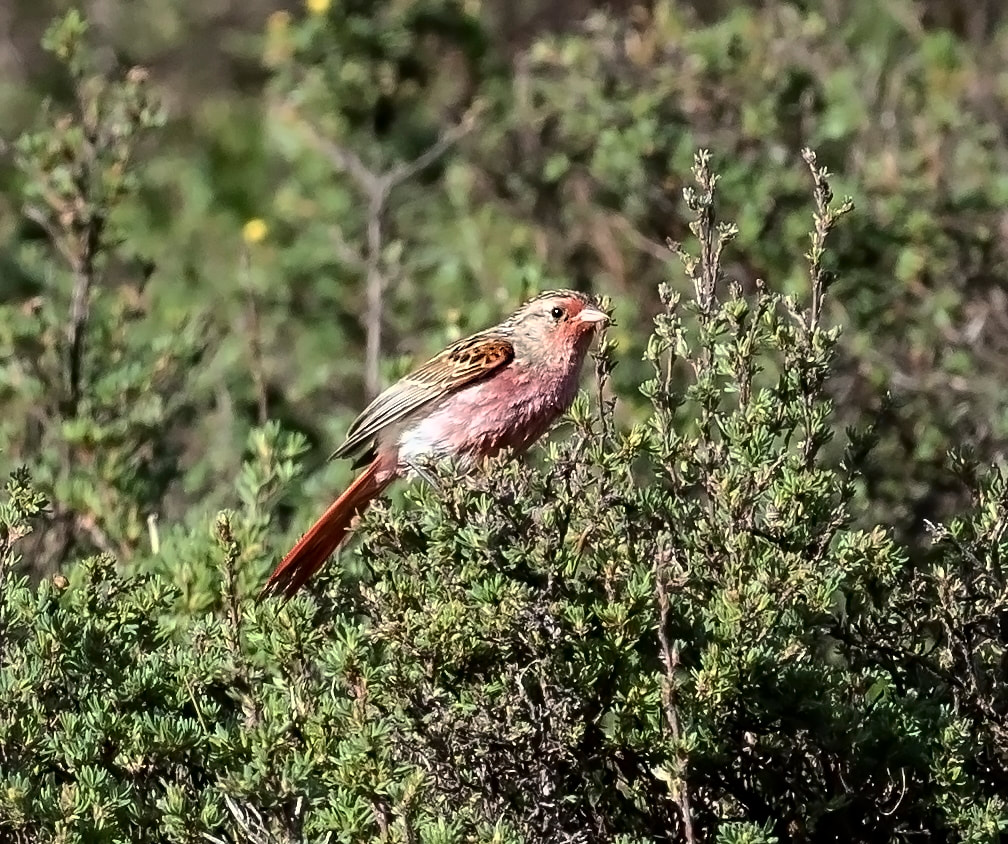







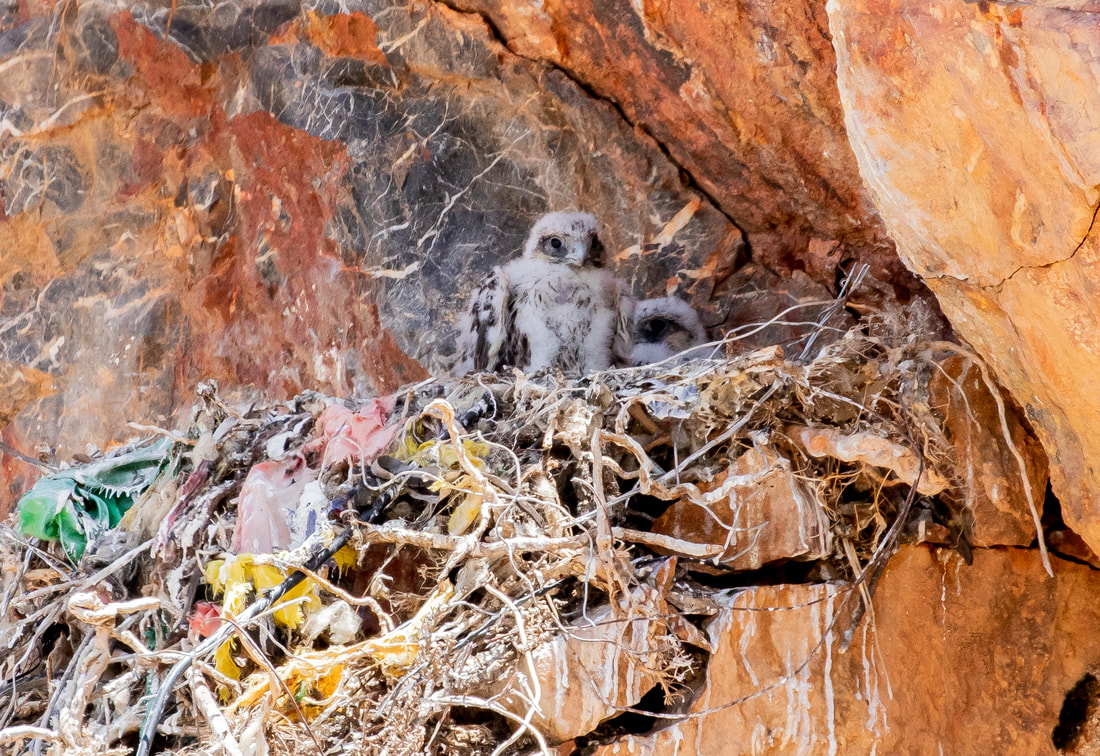


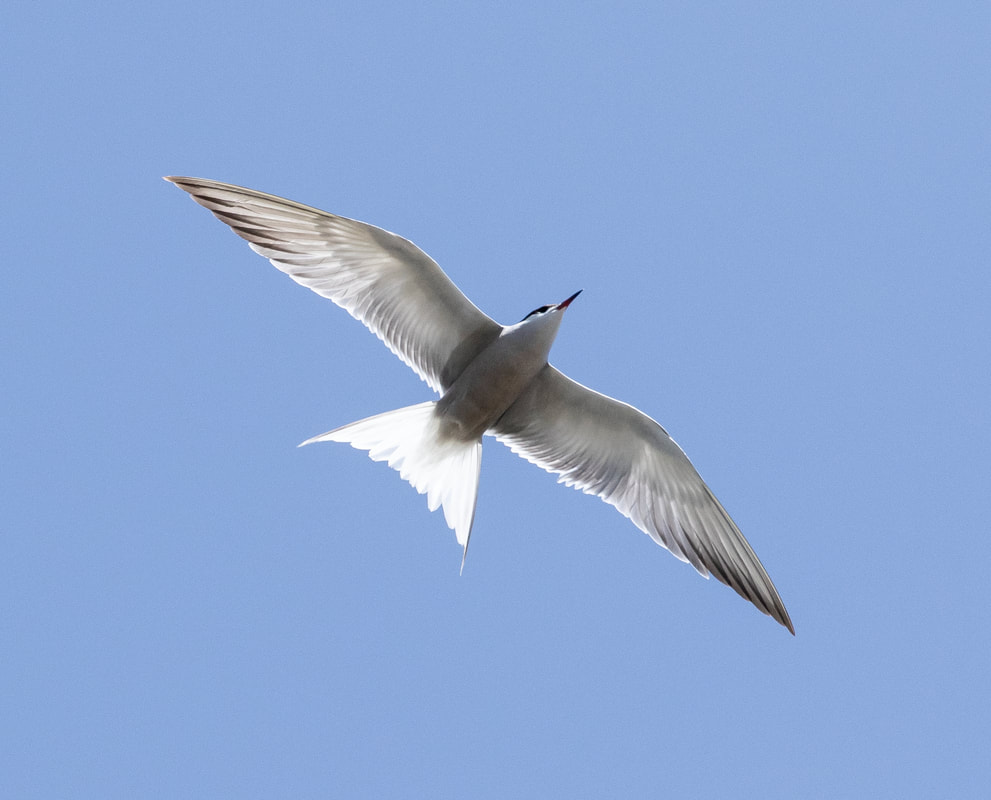












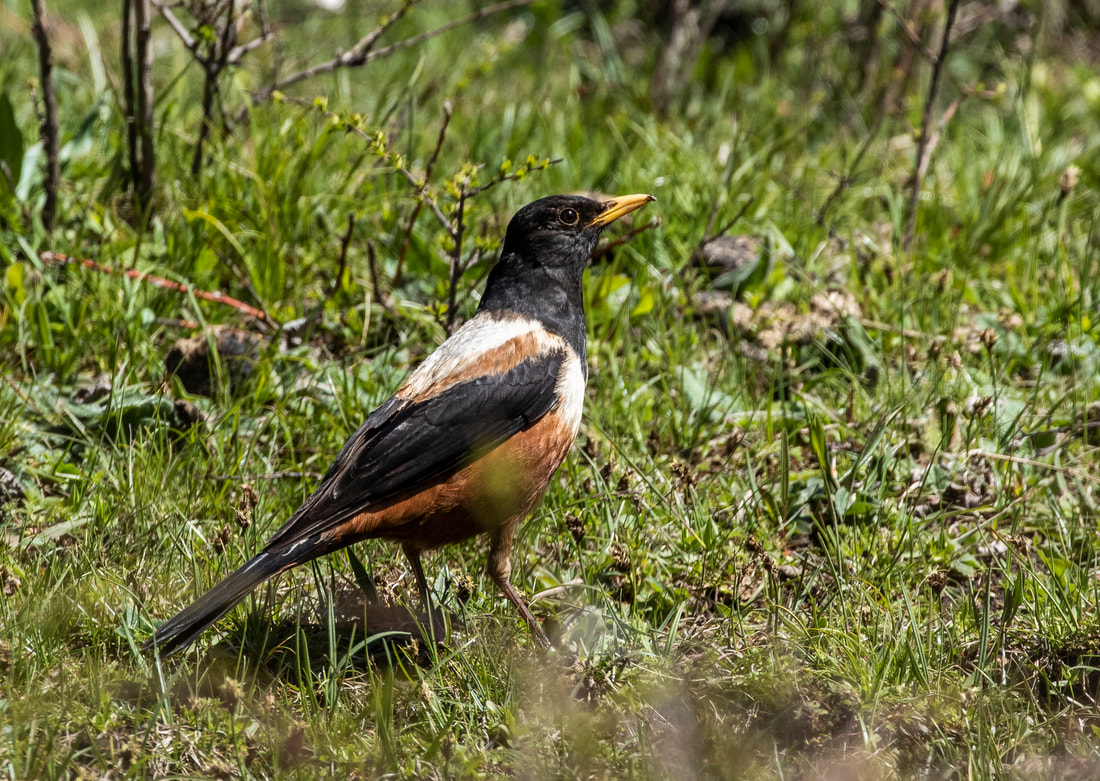




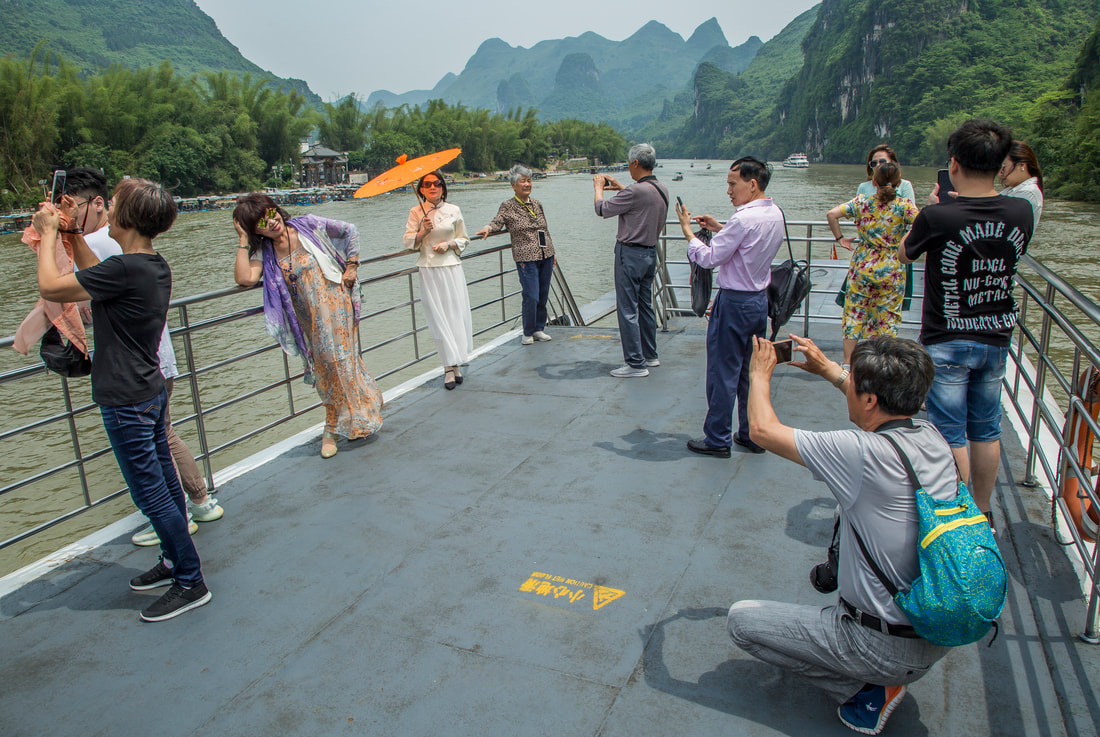
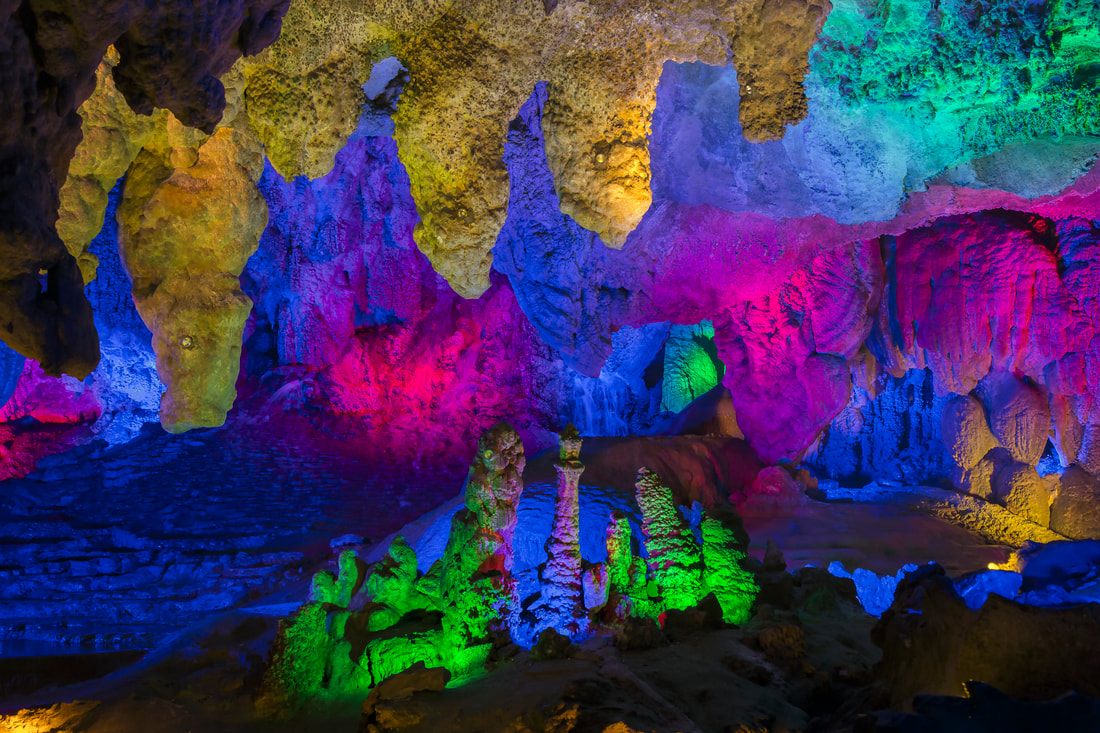



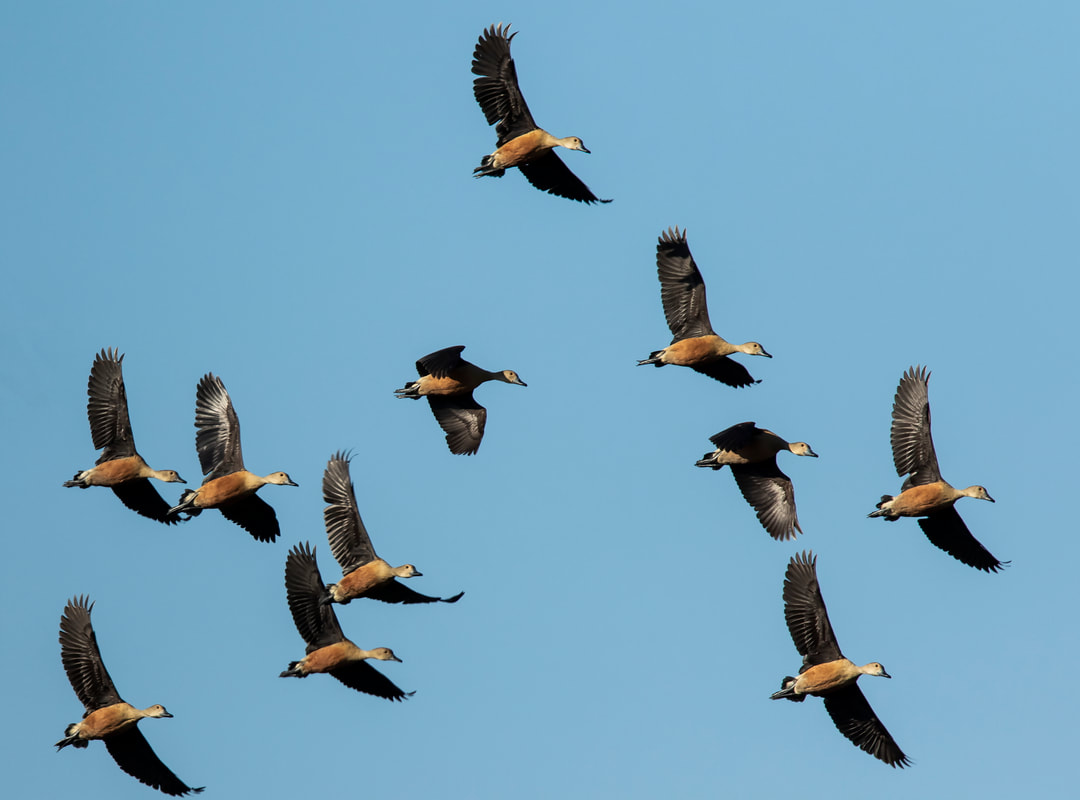








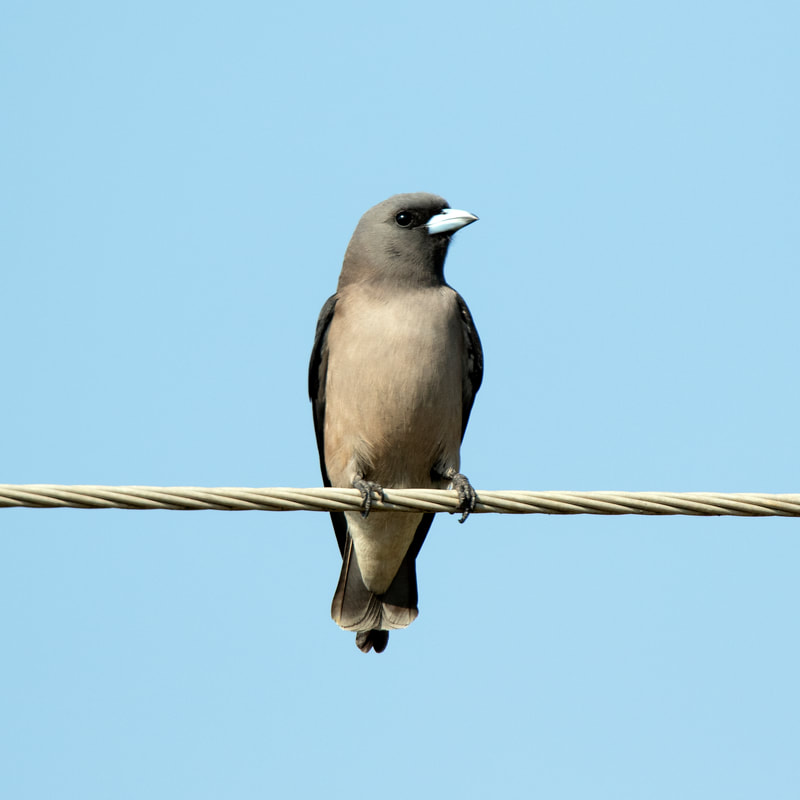

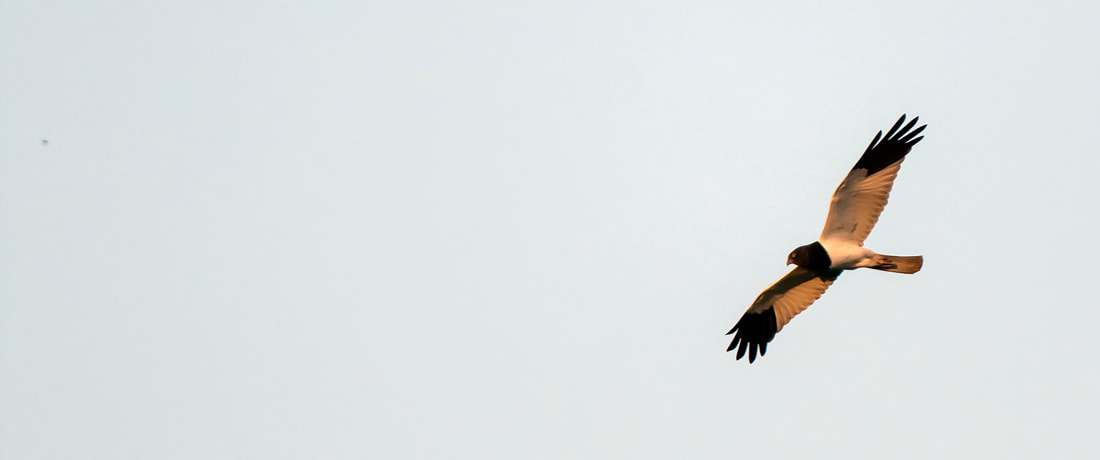






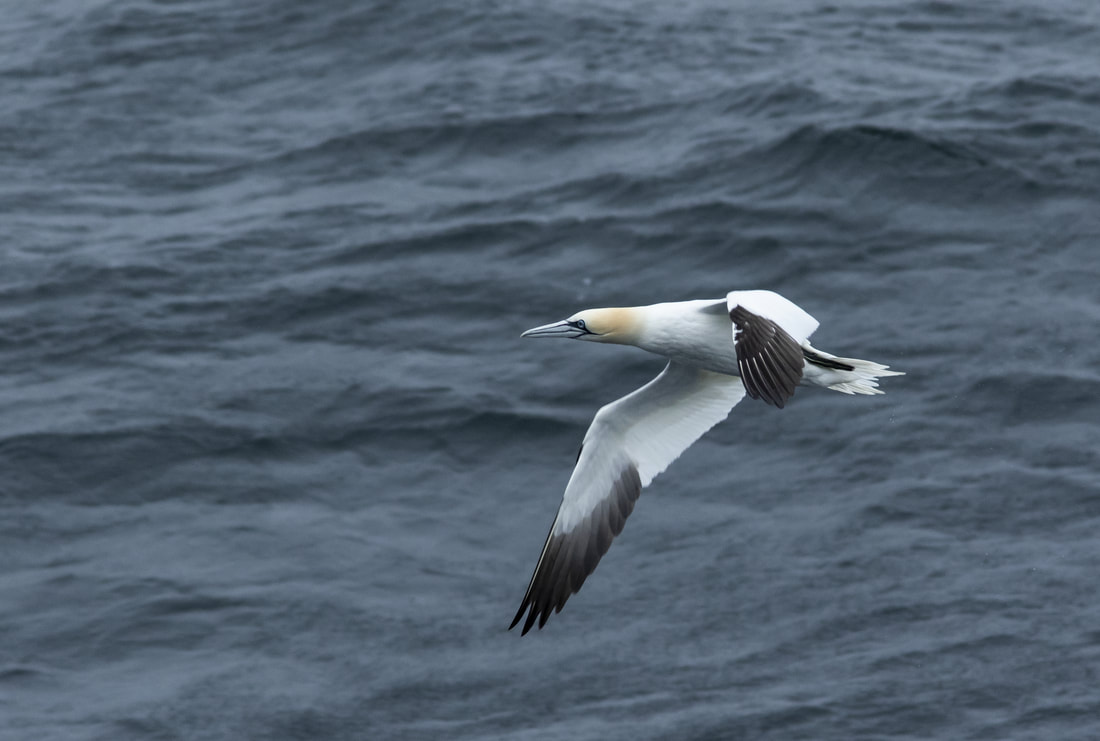







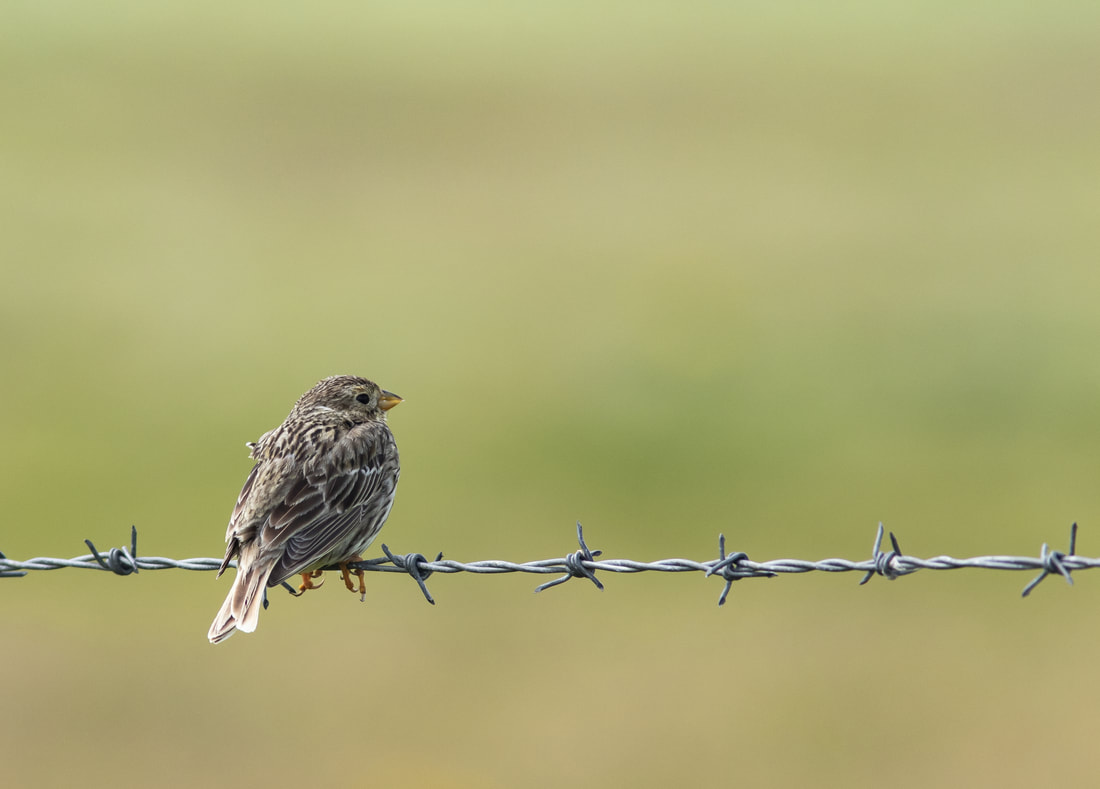




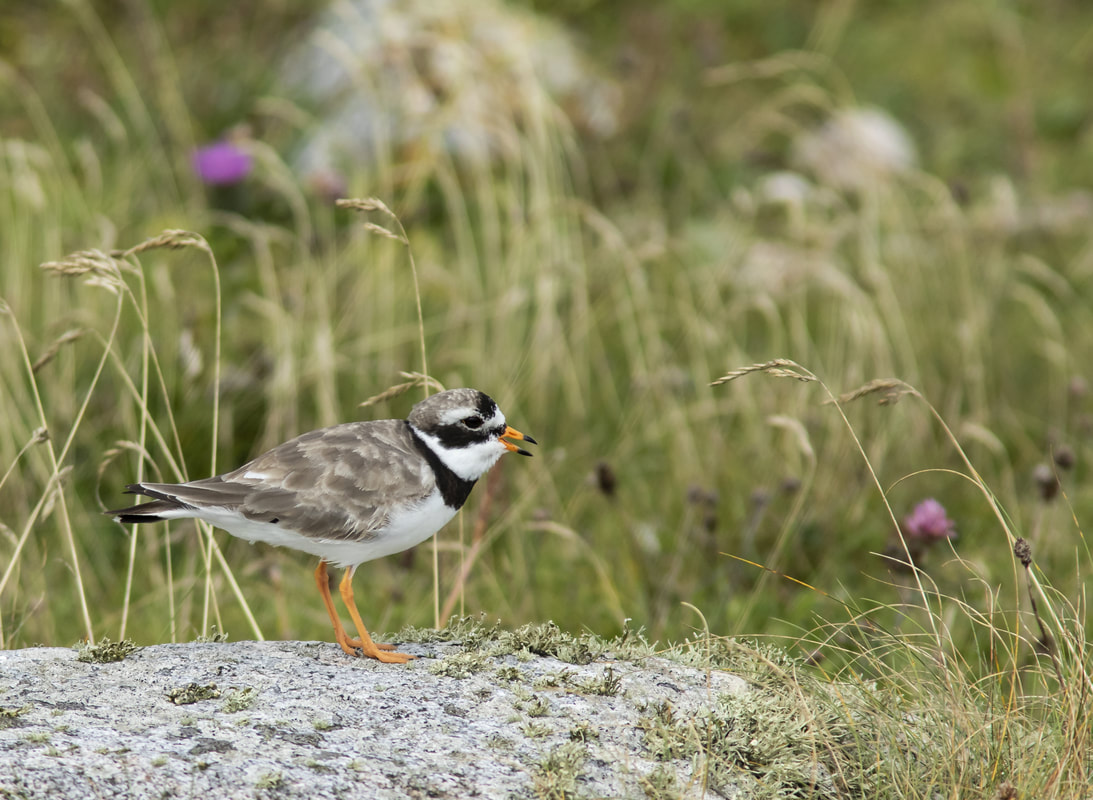








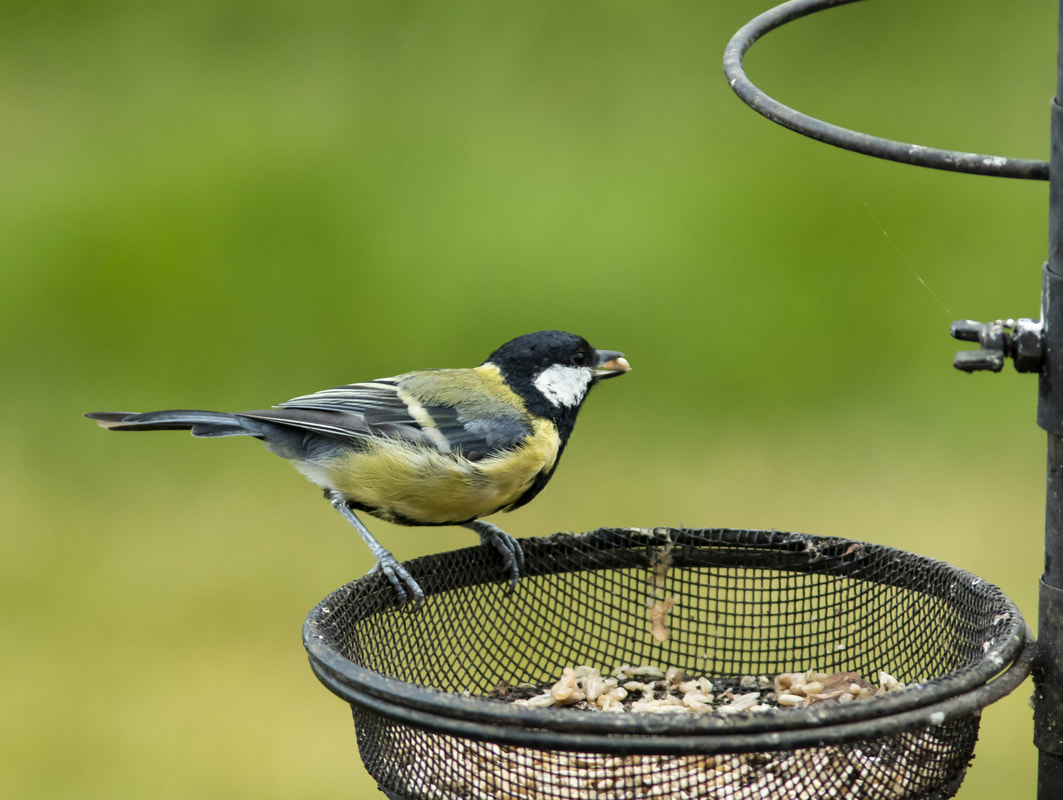


























 RSS Feed
RSS Feed
